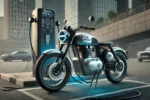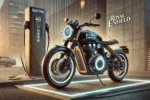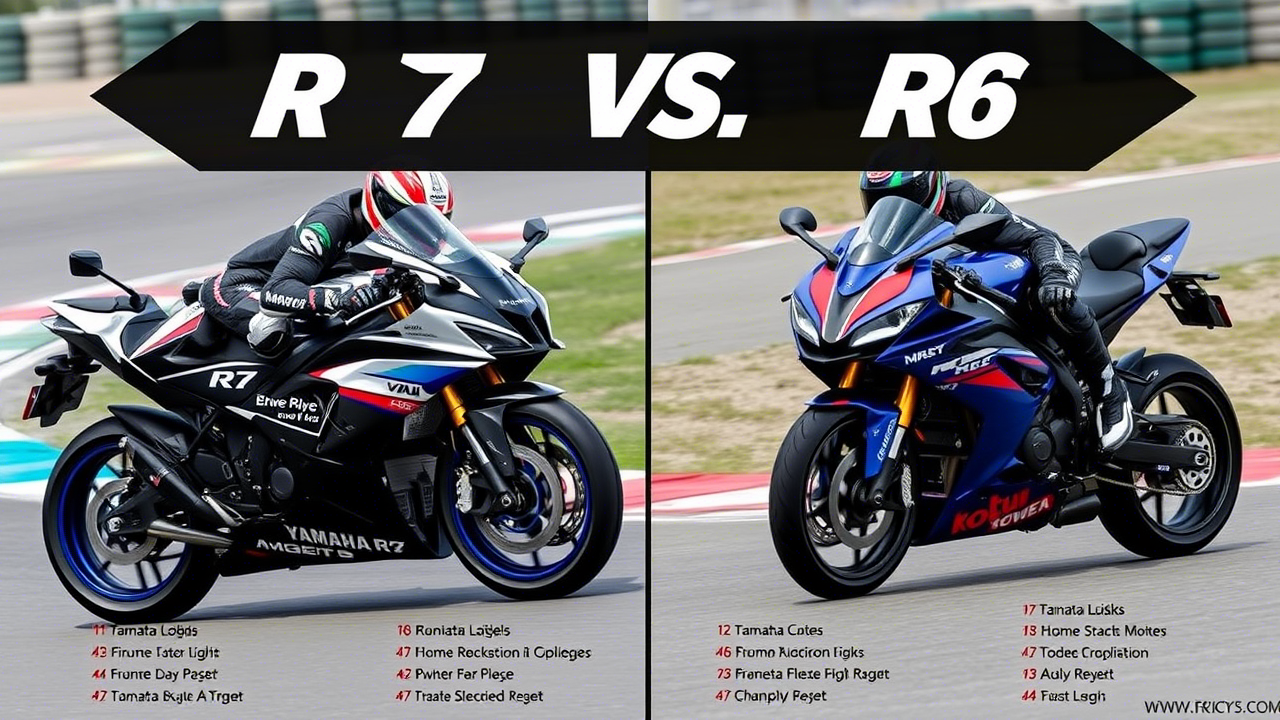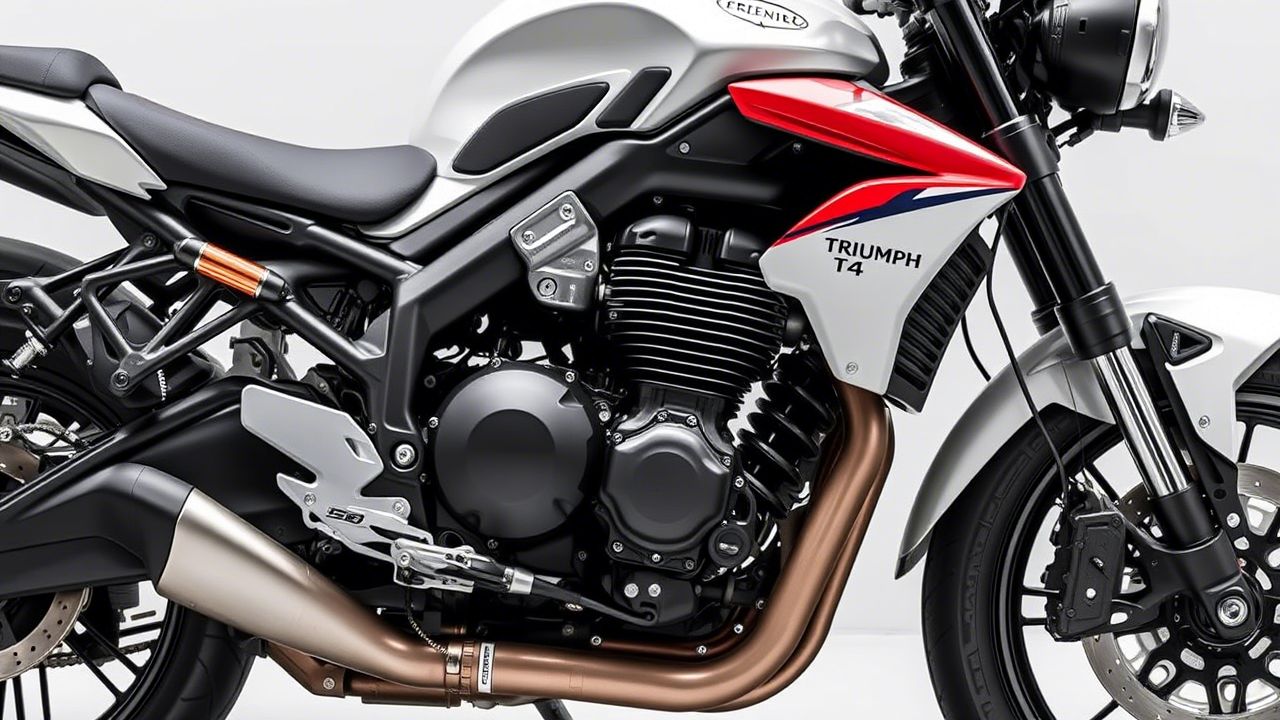The Yamaha RX100 is a motorcycle that refuses to fade from the hearts of enthusiasts. Launched in 1985 and discontinued in 1996, this two-stroke legend is still one of the most talked-about bikes in India. Known for its lightweight design, powerful engine, and thrilling riding experience, the RX100 remains a symbol of speed and nostalgia.
In this article, we’ll break down the detailed specs, performance insights, and real-world riding experience of the Yamaha RX100.
Yamaha RX100 Specifications
| Specification | Details |
|---|---|
| Engine | 98cc, Single-cylinder, Air-cooled, Two-stroke |
| Power Output | 11 HP @ 7,500 RPM |
| Torque | 10.39 Nm @ 6,500 RPM |
| Top Speed | 100-110 km/h |
| Acceleration (0-60 km/h) | 7-8 seconds |
| Mileage | 30-35 km/l |
| Gearbox | 4-speed manual |
| Weight | 103 kg |
| Fuel Tank Capacity | 10.5 liters |
| Brakes | Drum (Front & Rear) |
| Front Suspension | Telescopic Fork |
| Rear Suspension | Twin Shock Absorbers |
| Chassis Type | Double Cradle Frame |
Despite its small 98cc engine, the RX100 delivered a punchy performance, making it one of the most exciting two-stroke motorcycles of its era.
Yamaha RX100 Performance: Why It’s a Beast
1. Acceleration & Speed
- With 11 HP and 103 kg weight, the RX100 had an impressive power-to-weight ratio.
- The 0-60 km/h sprint in just 7 seconds made it one of the quickest bikes in its class.
- It could reach a top speed of 100-110 km/h, which was exceptional for a 100cc bike.
2. Handling & Agility
- The RX100’s lightweight frame and responsive steering made it incredibly agile.
- It was easy to handle in city traffic, and its compact size allowed quick lane changes.
- The low seat height (765mm) made it comfortable for riders of all sizes.
3. Braking & Safety
- The drum brakes (front and rear) were standard for its time but lacked modern stopping power.
- Many restorers now upgrade the front brake to a disc for improved safety.
- Since it had no ABS or traction control, skilled braking techniques were essential.
4. Mileage & Fuel Economy
- The RX100 delivered 30-35 km/l, which was decent for a two-stroke bike.
- Its 10.5-liter fuel tank allowed a range of around 300 km per tank.
- Compared to modern four-stroke bikes, fuel efficiency was lower but acceptable for its performance.
Riding Experience: What It Feels Like to Ride the RX100
1. The Thrill of a Two-Stroke Engine
The RX100’s two-stroke engine offers a raw, engaging ride that modern four-stroke bikes can’t match. The moment you twist the throttle, you feel a strong surge of power that keeps building as the RPM rises.
2. The Iconic Exhaust Note
One of the RX100’s most loved features is its “ring-ding-ding” exhaust sound. The distinctive two-stroke crackle gives it a unique presence on the road, making heads turn even today.
3. The Nostalgic Feel
Unlike modern bikes with electronic assists, the RX100 offers a pure, mechanical riding experience. With no digital meters, no ABS, and no fuel injection, riding this bike is about skill and connection with the road.
4. Ideal for City and Highway Rides
- City Rides: The lightweight frame and quick acceleration make the RX100 perfect for traffic and urban commutes.
- Highway Rides: While it can hit 100+ km/h, the lack of wind protection and modern brakes makes long-distance touring a challenge.
FAQs About Yamaha RX100
1. What made the Yamaha RX100 so special?
The RX100 was special because of its lightweight design, powerful two-stroke engine, quick acceleration, and iconic exhaust note. It was one of the most thrilling bikes of its time.
2. What is the top speed of the RX100?
The Yamaha RX100 can reach a top speed of 100-110 km/h, depending on road conditions and maintenance.
3. How much mileage does the RX100 give?
The RX100 delivers around 30-35 km/l, which is reasonable for a two-stroke motorcycle.
4. Can I still buy a Yamaha RX100 today?
Yes, but only in the second-hand market. Prices for a well-maintained RX100 range from ₹50,000 to ₹1.5 lakh, depending on condition.
5. Will Yamaha bring back the RX100?
Yamaha has hinted at reviving the RX100 in a four-stroke, BS6-compliant version, but no official launch date has been announced.
6. Can I upgrade the RX100 with modern features?
Yes! Many owners upgrade their RX100 with disc brakes, LED headlights, and better suspension while keeping the classic look.
7. Is the Yamaha RX100 suitable for daily commuting?
Yes, but fuel efficiency, maintenance, and lack of modern safety features make it less practical than newer bikes.
8. Why was the RX100 discontinued?
The RX100 was discontinued in 1996 due to stricter emission norms and the shift to four-stroke engines in India.
9. How do I maintain my RX100 for long-term use?
- Regular oil changes (every 1000-1500 km)
- Carburetor cleaning (every 2000 km)
- Chain lubrication (every 500 km)
- Spark plug inspection (every 1500 km)
- Exhaust cleaning to prevent carbon buildup
10. Is the Yamaha RX100 still better than modern 100cc bikes?
In terms of raw power, acceleration, and nostalgia, the RX100 outshines modern 100cc bikes. However, modern bikes are more fuel-efficient, safer, and easier to maintain.
Final Thoughts: A Timeless Legend
The Yamaha RX100 is not just a motorcycle—it’s a symbol of speed, freedom, and nostalgia. With its powerful two-stroke engine, lightweight design, and thrilling ride, it remains one of the most celebrated bikes in Indian motorcycling history.
While modern bikes have evolved with fuel efficiency, safety features, and digital advancements, the RX100’s pure, adrenaline-pumping riding experience remains unmatched. Whether you’re a collector, a rider, or a fan of vintage motorcycles, the RX100 continues to hold a legendary status on Indian roads.
💬 Would you choose the RX100 over modern bikes? Share your thoughts in the comments below! 🚀🏍️










